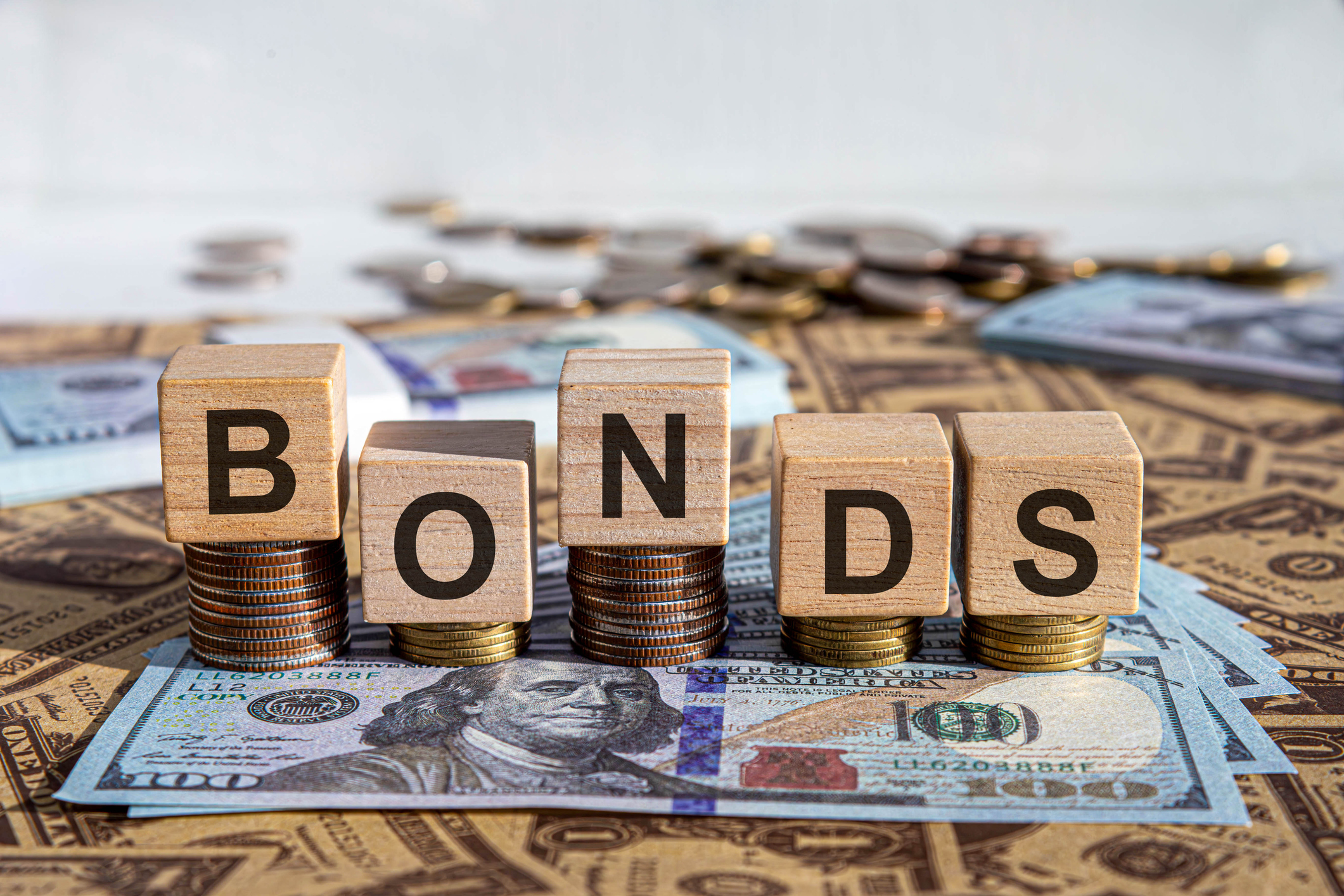Dividends Are in a Rut
Dividends may be going through a rough patch, but income investors should exercise patience.


There is a doctrine that one year's investment champions become the subsequent year's failures. In 2023, this again is true, but the fallen heroes are unexpected: high-dividend-yield stocks and funds. The puzzle is whether dividend-focused strategies are set for years of relative decline, or if this is a case of massive short-term outperformance predictably returning to earth. I vote for the latter.
The backdrop: In 2022, high-dividend shares, led by energy and utility stocks, were the stoutest line of defense, along with the Dogs, the highest-yielding listings in the broad averages or each industry sector.
Exchange-traded fund ALPS Sector Dividend Dogs (SDOG) lost just 0.2% last year as the S&P 500 Index, including dividends, disgorged 18.1%. The ETF starts each year with equal stakes in the five highest-yielding stocks of 10 S&P 500 sectors (excluding real estate). So it's an indication broadly of whether big dividends are in or out of favor. Four times since 2013, the fund placed in the best 25% by total return among its Morningstar peers. (Funds I like are in bold; prices and returns are as of July 31 unless otherwise noted.)
From just $107.88 $24.99 for Kiplinger Personal Finance
Become a smarter, better informed investor. Subscribe from just $107.88 $24.99, plus get up to 4 Special Issues

Sign up for Kiplinger’s Free Newsletters
Profit and prosper with the best of expert advice on investing, taxes, retirement, personal finance and more - straight to your e-mail.
Profit and prosper with the best of expert advice - straight to your e-mail.
But now the bulls are running the Dogs ragged. The ALPS ETF is up just 3.1% in 2023, compared with 20.6% for the SPDR S&P 500 Trust (SPY), the giant S&P 500 ETF. (That is nearly an exact reversal of last year's numbers.) This is due to the 500's cluster of low- or zero-yielding tech kingpins, but even within tech, high-dividend listings such as Cisco Systems (CSCO), International Business Machines (IBM) and Texas Instruments (TXN) are going nowhere. Bank and energy stocks, which usually outyield the full market, are down. Utilities are in the red. Selective dividend ETFs, such as Schwab US Dividend Equity (SCHD) and Franklin US Low Volatility High Dividend (LVHD), are treading water, eroding excellent long-term performance records.
No question, U.S. cash dividends are in a rut, with 2023 increases running at a 4% pace – half last year's rate. Cash-rich and profitable companies including Apple (AAPL) and lithium king Albemarle (ALB), despite its 29 straight years of hikes, only granted quarterly boosts of 1 cent and half a cent, respectively. S&P Dow Jones Indices analyst Howard Silverblatt says that companies of all kinds thought (and may still think) the economic and earnings outlook is poor and stinted on their latest dividend actions despite evidence from 2022 that generous payouts protect shares from catastrophe.
Mark Barnes, of FTSE Russell, notes that 18 months ago, banks and money market funds paid zero or barely above, so a 2% dividend was decent. Now cash is competition, with risk-free yields exceeding those of nearly all common and preferred stocks, as well as corporate bonds.
What should income investors do now?
It depends on your cash needs and how your dividend distribution compares to your original or average cost. There is an argument for holding longtime stock positions that are treading water but not cutting payouts or suffering scandal or mismanagement.
Funds pay you well, too, but I suggest patience with new money. Create a waitlist for the Franklin and Alps ETFs as well as for the ProShares S&P 500 Dividend Aristocrats (NOBL) and pounce once the Federal Reserve finally quits tightening credit. There are also covered-call-option-enhanced ETFs: Global X NASDAQ 100 Covered Call (QYLD) and JPMorgan Equity Premium Income (JEPI). The Global X ETF, yielding 11.9% in late July, is an index fund; the JPMorgan ETF (7.8%) is actively managed.
Note: This item first appeared in Kiplinger's Personal Finance Magazine, a monthly, trustworthy source of advice and guidance. Subscribe to help you make more money and keep more of the money you make here.
Related content
Profit and prosper with the best of Kiplinger's advice on investing, taxes, retirement, personal finance and much more. Delivered daily. Enter your email in the box and click Sign Me Up.

Kosnett is the editor of Kiplinger Investing for Income and writes the "Cash in Hand" column for Kiplinger Personal Finance. He is an income-investing expert who covers bonds, real estate investment trusts, oil and gas income deals, dividend stocks and anything else that pays interest and dividends. He joined Kiplinger in 1981 after six years in newspapers, including the Baltimore Sun. He is a 1976 journalism graduate from the Medill School at Northwestern University and completed an executive program at the Carnegie-Mellon University business school in 1978.
-
 Trump Reshapes Foreign Policy
Trump Reshapes Foreign PolicyThe Kiplinger Letter The President starts the new year by putting allies and adversaries on notice.
-
 How to Plan a (Successful) Family Reunion
How to Plan a (Successful) Family ReunionFrom shaping the guest list to building the budget, here's how to design a successful and memorable family reunion.
-
 These Unloved Energy Stocks Are a Bargain
These Unloved Energy Stocks Are a BargainCleaned-up balance sheets and generous dividends make these dirt-cheap energy shares worth a look.
-
 These Unloved Energy Stocks Are a Bargain
These Unloved Energy Stocks Are a BargainCleaned-up balance sheets and generous dividends make these dirt-cheap energy shares worth a look.
-
 Don't Trade After-Hours Without Reading This
Don't Trade After-Hours Without Reading ThisAre you a night owl or an early bird with a yen for active trading? Before you transact after-hours, consider these tips and potential traps.
-
 A Contrarian Approach Pays Off for This Bond Fund
A Contrarian Approach Pays Off for This Bond FundThe Dodge & Cox Income Fund has outperformed in 2025 thanks to its managers' fearless approach.
-
 Where to Stash Cash as Yields Fall, According to Advisers
Where to Stash Cash as Yields Fall, According to AdvisersYour best options depend on how soon you'll need the money and your tolerance for risk.
-
 My Top 10 Stock Picks for 2026
My Top 10 Stock Picks for 2026Each year, we ask an expert to pick 10 stocks that have the potential to beat the market over the next 12 months. Here are his choices for 2026.
-
 We're Still Bullish on Stocks
We're Still Bullish on StocksWe're still bullish on stocks for 2026, but now is the time for investors to pull in their horns and dial down risk.
-
 Stocks That Could Take Off in the New Year
Stocks That Could Take Off in the New YearThere are three areas of potential in the 2026 stock market.
-
 Changes Are Coming for This Invesco Bond Fund
Changes Are Coming for This Invesco Bond FundThe Invesco BulletShares 2026 Corporate Bond ETF's bonds will mature in 2026. Here's what investors should do.